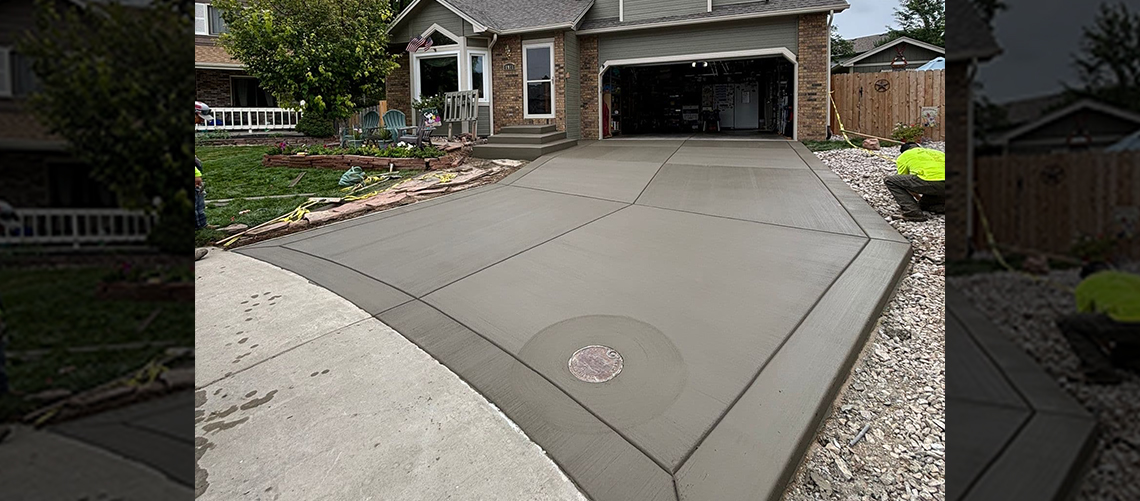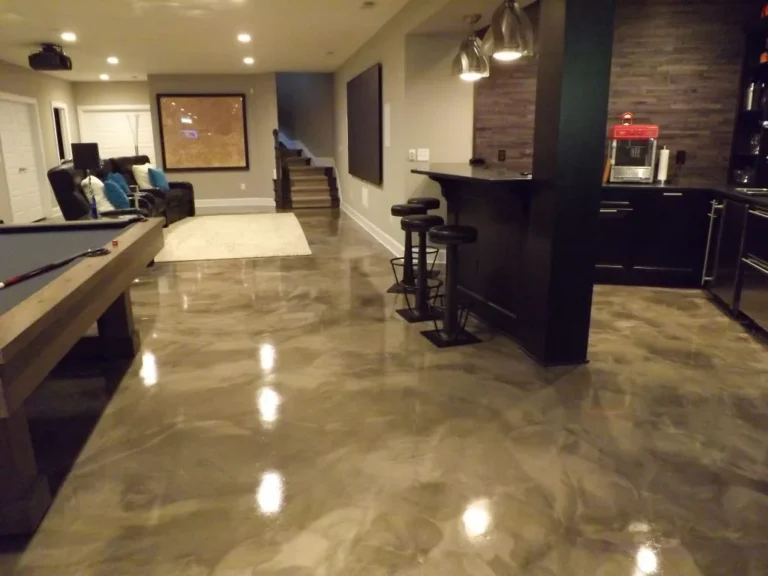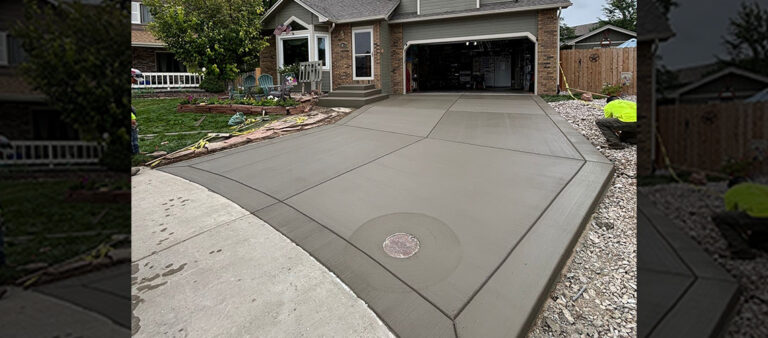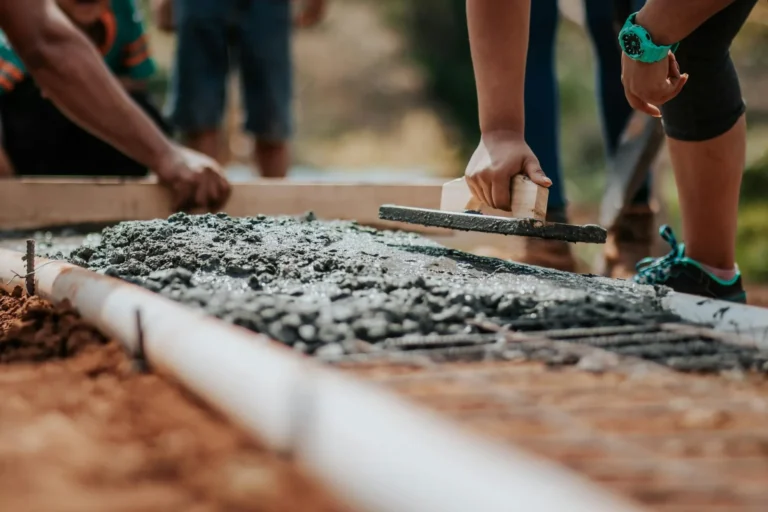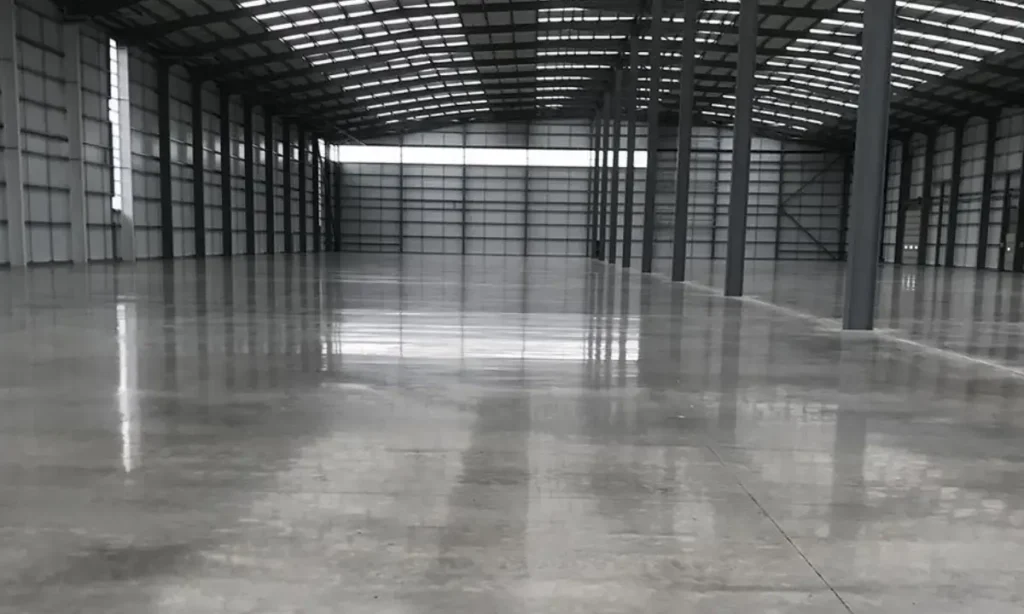Concrete is one of strongest building materials in the world, but in Loveland, Colorado, it faces unique challenges. Homeowners in this city know that expansive clay soil and changing seasons can turn a brand-new driveway or patio into a cracked, uneven mess if the work isn’t done right. Repairs can quickly become costly, and in many cases, cheap fixes don’t last.
At Hugo’s Concrete, we’ve completed more than 180 projects across Loveland, from historic homes near downtown to newer builds in Centerra. Over the years, we’ve learned what works, what fails, and most importantly, how to build durable concrete surfaces that withstand Northern Colorado’s soil conditions and climate extremes.
In this guide, we’ll explain why concrete cracks so often in Loveland, how to prevent it, and our unique techniques that can save you thousands of dollars in future repairs.
Why Loveland’s Clay Soil Is So Tough on Concrete
Unlike sandy or loamy soils, Loveland’s clay soil expands and contracts dramatically depending on moisture levels. After a wet spring snowmelt, the soil swells with water, pushing upward on concrete slabs. By the end summer, the same soil dries out and shrinks, leaving voids underneath the slab. This cycle of “heaving and settling” is one of the biggest causes of cracking and shifting in local driveways, patios, and sidewalks.
When concrete contractors don’t account for this soil movement, slabs are left unsupported, which causes:
- Cracks forming in different direction within the 1-2 years
- Driveways sinking or becoming uneven on all sections
- Noticeable separation at joints and edges
- Costly patchwork that rarely solves the current problem
The Role of Freeze–Thaw Cycles in Concrete Damage
Colorado’s climate adds another layer of complexity. Temperatures in Northern Colorado can swing 40 degrees in a single day, especially in spring and fall. Water seeps into even the tiniest cracks in concrete. When temperatures drop below freezing, that water expands as it turns to ice, forcing cracks wider and affecting the slab.
This freeze–thaw cycle is why sealing concrete and using the right premium mixes matter. Without air entrainment and proper curing methods, concrete in Loveland can deteriorate years faster than it should.
Common Mistakes That Lead to Cracked Concrete in Loveland
Many homeowners in Loveland call us after hiring inexperienced contractor who cuts corners. The most common mistakes we see are:
- Minimal Excavation – Only digging a few inches instead of reaching stable ground.
- Weak Base Prep – Skipping compaction and soil prep or using poor-quality fill material.
- No Reinforcement – Not installing rebar or using cheap wire mesh that doesn’t tie into existing slabs.
- Cheap Mixes – Using lower PSI concrete that can’t handle the extreme weather.
- Ignoring Drainage – Pouring on slopes without proper grading leads to water pooling.
While these shortcuts might lower upfront costs, they almost always result in expensive repairs or full replacements later.
How Hugo’s Concrete Builds Durable and Crack-Resistant Driveways and Patios
Every concrete project we take on in Loveland starts with the same philosophy: build it right the first time so homeowners don’t have to pay for annoying costly repairs. Here’s how we prevent cracking and ensure long-lasting results:
1. Thorough Excavation
We dig 2–6 inches deeper than standard specs to remove weak soil. This gives us a decent space to install a stable base that resists shifting.
2. Recycled Concrete Base
Instead of loose messy gravel, we use recycled concrete road base, compacted in layers. It’s way stronger than standard materials and locks the slab into place.
3. Triple Compaction
The base is compacted three times using professional mechanical equipment. This step prevents future sinking, and this is one of the most common problems in Loveland driveways.
4. Reinforcement
We install a commercial-grade #3 metal rebar grid tied into existing concrete. This locks the slab together, distributing weight and reducing stress on foundations.
5. Premium Concrete Mix
Our driveways and patios are poured with 4,000 PSI air-entrained concrete, sourced from trusted Loveland plants. Air entrainment adds microscopic bubbles that let water expand safely without damaging the slab.
6. Professional Finishing
We add control joints every 8–12 feet to guide natural movement, finish surfaces with broom or stamped textures for traction, and apply sealers (optional) that protect against moisture and chemicals.
Why Patching Cracks Isn’t the Solution
Loveland homeowners often ask if they should just patch cracks instead of replacing an old slab. While small cosmetic repairs can improve appearance, patching doesn’t not solve the structural issue. If the soil beneath the slab is unstable and loose, cracks will continue to spread.
In many cases, replacing the driveway or patio with proper base preparation is the right investment and the more cost-effective choice in the long run. A patch might last a season or two, a properly installed slab lasts decades.
Cost of Driveway and Patio Replacements in Loveland
While every project is unique, here are general ranges for Loveland concrete work:
- Standard Driveway: $8–13 per sq. ft.
- Stamped/Colored Concrete: $12–18 per sq. ft.
- Sidewalks: $7–9 per sq. ft.
Yes, investing in professional installation costs more upfront, but it prevents you from paying for repairs or full replacements every 5–10 years.
Local Example: Markham Court Project
One recent project on Markham Court in Loveland is a great example. The homeowners originally wanted to patch cracks in their driveway, but after a detailed inspection, we explained that the slab was too far gone and that replacing it is the only solution!
We excavated, compacted the soil three times, tied in new rebar, and poured a fresh 4,000 PSI driveway along with a new city sidewalk section.
The project was completed in just two days and passed city inspection without issue. The homeowners were so happy they immediately wrote a satisfying review on Nextdoor.
Tips for Loveland Homeowners to Protect New Concrete
Even the strongest concrete needs care to stay at its best. Here are tips we share with every client:
- Avoid de-icing salts during the first winter — they accelerate surface damage.
- Wait 7 days before parking vehicles and 28 days for full strength.
- Seal every 2–3 years to block water infiltration.
Keep drainage clear so water doesn’t pool near slabs.
Why Loveland Homeowners Choose Hugo’s Concrete
- 15+ years of local experience with clay soil and freeze–thaw cycles
- 180+ successful projects completed successfully in Loveland neighborhoods
- Clear, itemized estimates with no hidden fees
- Warranties – 3 years on concrete flatwork and polishing, 10 years on epoxy coatings
- Local crew only – no subcontractors, the same team handles every project
Conclusion
Concrete in Loveland faces many challenges that contractors in other regions never have to think about. Between clay soil that moves with moisture and dramatic temperature swings, cutting corners is the fastest way to end up with cracks and costly repairs.
The good news? With proper excavation, base prep, rebar reinforcement, and high-quality mixes, your driveway, patio, or sidewalk can last for decades. At Hugo’s Concrete, we’ve built our awesome reputation on doing it right the first time — and that’s why most of our work comes from referrals and neighbors sharing their results.
If you’re considering replacing or installing concrete in Loveland, contact us today for a free estimate. We’ll walk you through the process, discuss our warranties, and deliver concrete work that withstands Northern Colorado’s toughest conditions.

